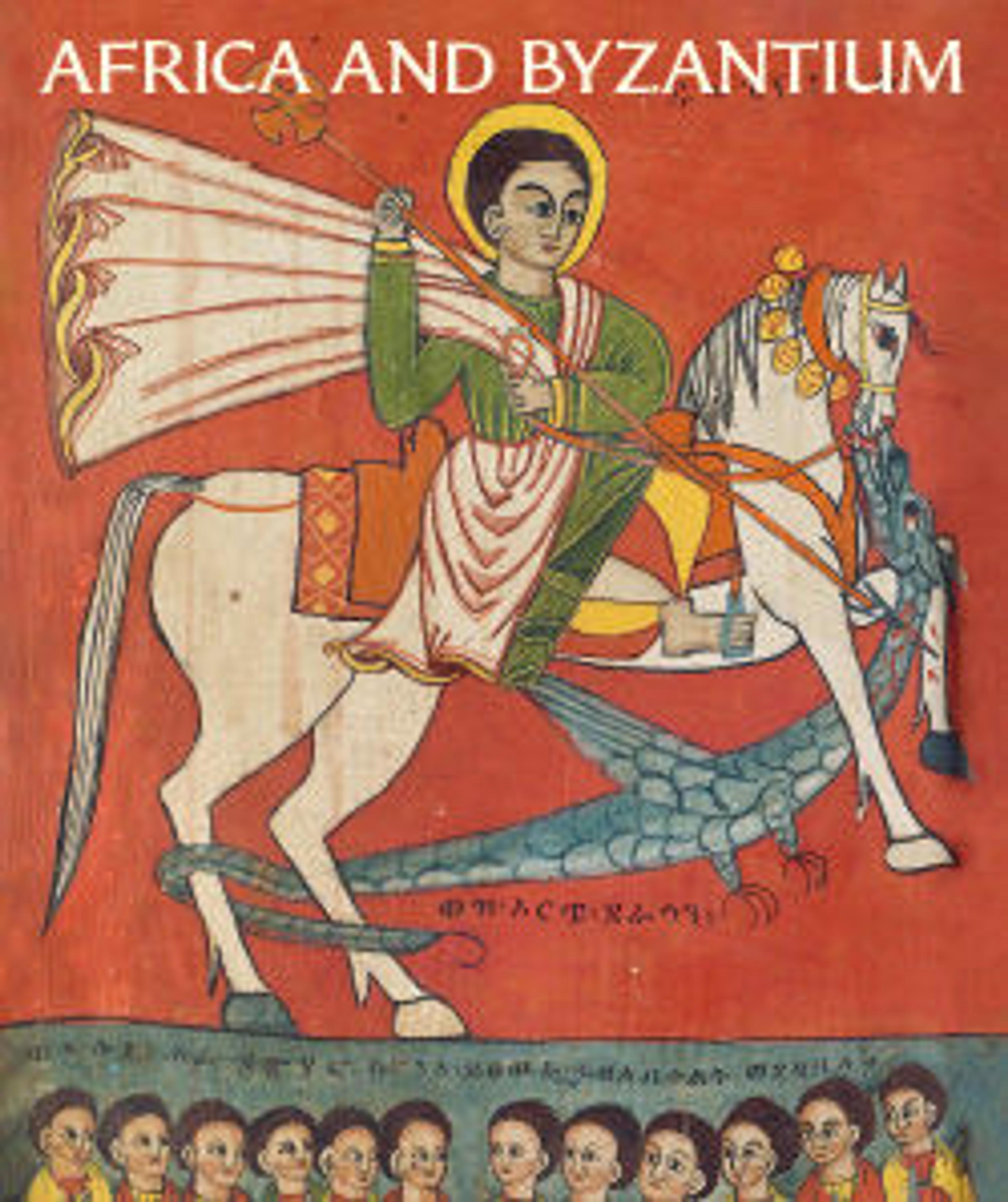Amulet Carved in Intaglio (Incised)
Inscriptions identify the subject of this amulet as the Woman with the Issue of Blood (Mark 5:25–34; Luke 8:43–48). On the reverse a woman stands in the orant (prayer) pose. Hematite was believed to stop the flow of blood and was a favorite medium for amulets related to female reproductive health and menstrual problems.
Artwork Details
- Title: Amulet Carved in Intaglio (Incised)
- Date: 6th–7th century
- Geography: Made in Byzantine Egypt
- Culture: Byzantine (Egypt)
- Medium: Hematite, silver mount
- Dimensions: Overall: 1 15/16 x 1 7/16 x 3/8 in. (5 x 3.7 x 1 cm)
Hematite: 1 7/8 x 1 7/16 x 3/8 in. (4.8 x 3.6 x 1 cm) - Classification: Lapidary Work-Hematite
- Credit Line: Gift of J. Pierpont Morgan, 1917
- Object Number: 17.190.491
- Curatorial Department: Medieval Art and The Cloisters
More Artwork
Research Resources
The Met provides unparalleled resources for research and welcomes an international community of students and scholars. The Met's Open Access API is where creators and researchers can connect to the The Met collection. Open Access data and public domain images are available for unrestricted commercial and noncommercial use without permission or fee.
To request images under copyright and other restrictions, please use this Image Request form.
Feedback
We continue to research and examine historical and cultural context for objects in The Met collection. If you have comments or questions about this object record, please contact us using the form below. The Museum looks forward to receiving your comments.
